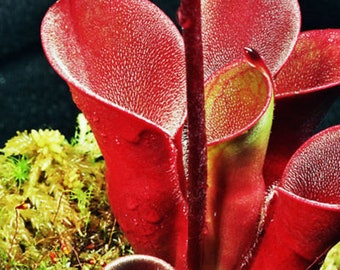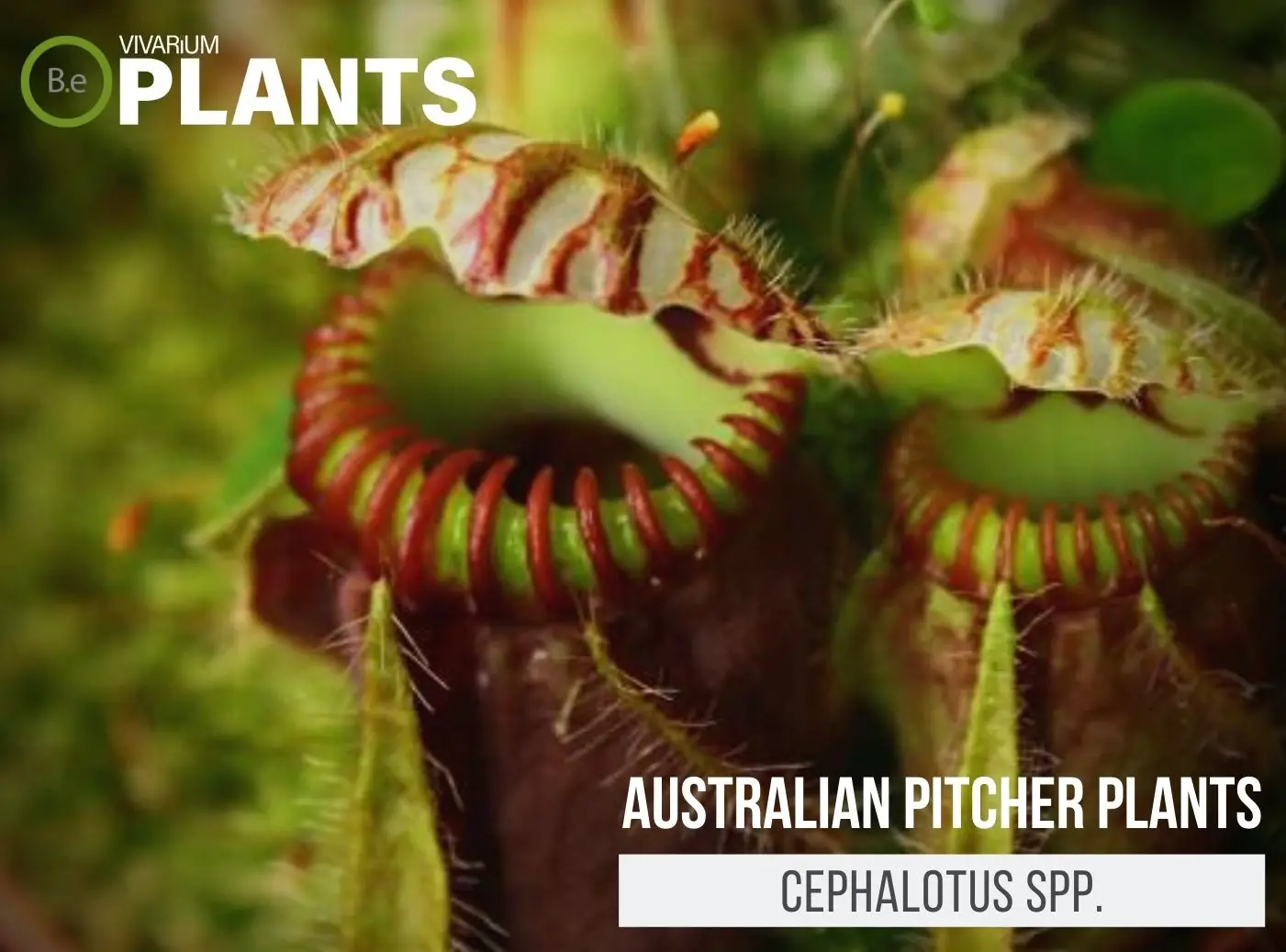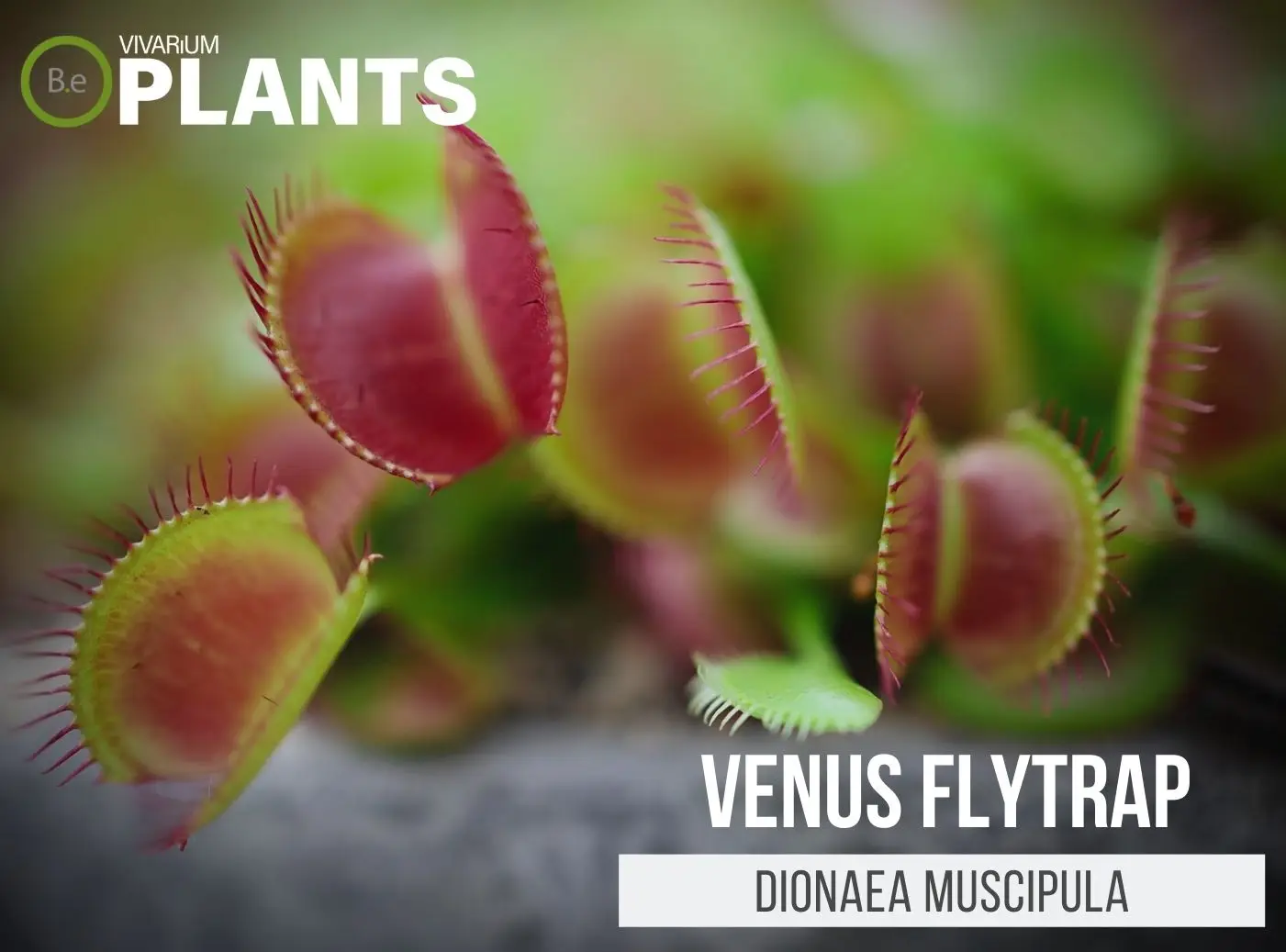Do you have a fascination for nature and all its varied creatures?
If so, Sun Pitcher Plants in a terrarium might be a thing you’d be interested in.
These fascinating carnivore plants have been enduringly popular for centuries, providing a captivating look into the nature of the world.
With their unique carnivorous qualities and their alluring leaf structures, these plants are sure to add a captivating ambiance to any terrarium.
Keep reading to learn more about Sun Pitcher Plants and the reasons why they’re such a desirable option for terrariums.
Table Of Contents:
ToggleWhat Is A Sun Pitcher Plant?
Heliamphora spp. is a genus of tropical plants with a tubular shape.
This carnivorous plant catches its prey through a combination of standing water, pavement of surface waxes, and chemical attraction.
Heliamphora can be found in the rainforests of South America mainly in the mountains of Guyana Plateau and Venezuela, though it can be found elsewhere too.


Sun Pitcher Plants Facts
Sun Pitcher plants often grow in areas with continuous humidity and are able to take in the nutrient minerals from the air and the water around them, since it does not inhabit very nutrient-rich soil.
This plant has adapted to its environment so well that we can find it at an altitude of up to 3000 meters.
Heliamphora spp. is quite small compared to other pitcher plants and can range in size from 3 to 10 inches tall.
Description
Heliamphora spp. has a very distinctive tubular appearance and comes in a range of bright colors, such as red and purple.
The base of the tube is typically a bright green and becomes more colorful toward the top.
Along the insides and outsides of these tubes, there are secreted waxes and hairs that form ‘teeth’, so any prey attracted by the plant is unable to escape.
Habitat
Sun Pitcher plants are native to the rainforests in the Guyana Plateau and the Venezuelan Andes, with similar plants commonly found in many other tropical climates.
The main feature that draws this plant to these locations is the humidity and low levels of nutrients in the soil, which is necessary for the pitchers to thrive.
PH Preference
The ideal PH range in which sun pitcher plants will grow best is between 4.5-5.5.
This range is important in making sure the plant is able to absorb the necessary minerals without them being too overwhelming.
PH levels of 5.0-6.0 are usable and can be beneficial to some species such as Heliamphora caracasana and Heliamphora tatei, but will likely yield lower growth.
Vivarium Type
There is no set type of enclosure that the Sun Pitcher Plant must be grown in.
In fact, they can do very well in a variety of vivarium types.
One of the most important things to keep in mind when choosing the appropriate enclosure is the amount of space available.
In addition, Heliamphora Spp. should also be provided with tropical and moist terrain areas.
Here are recommended vivariums it will do well in:
-
- Paludariums – Half aquatic/ half terrain-based enclosure.
-
- Terrariums – Fully terrain-based enclosures with little to no aquatic features.
Vivarium Placement
The sun pitcher plant is a carnivorous plant that should be placed in a terrarium where it will receive enough light and humidity.
A good spot for this plant could be in the background of a marsh setup, and it always looks good when placed amongst hardscapes or taller canopy plants.
Substrate
Because of the sun pitcher plants’ specialized needs, its substrate should be tailored to its exact requirements.
Carnivorous plants need a well-draining, nutrient-poor terrarium substrate.
In addition to a nutrient-poor substrate, most carnivorous plants require acidic soil environments.
Sphagnum moss, perlite, sand, and coco fiber soil are all well-draining materials that can be combined to form a soil mixture suitable for these plants.
Sphagnum moss helps retain moisture while perlite and sand can provide good drainage, allowing the coconut soil to dry out quickly.
Lighting
Sun pitcher plants need bright lights, as they are native to tropical regions where they would usually receive plenty of direct sunlight during the day.
Regular fluorescent or LED terrarium lighting should be used as these won’t produce too much heat or UV radiation. On average, 12 hours of light per day are necessary for optimal growth.
Buy Sun Pitcher Plants
When considering purchasing a Sun Pitcher Plant, it’s important to ensure that the plant is healthy.
Plants that are already in poor condition may struggle to adapt to a new environment.
When inspecting the plant, pay close attention to the foliage for any signs of yellowing, drying, black spots, or damage.
Additionally, check for any pests or fungal diseases and carefully examine the pitchers for any red flags.
Remember to click the image below for more information on the current price and other relevant details about the Sun Pitcher Plant:
Sun Pitcher Plant Care and Propagation
Heliamphora Spp. is one of the easier carnivorous plants to propagate, and growth from seed is one common method.
The seeds should be sown onto sterile soil and the terrarium should be kept in warmer temperatures to allow for faster growth.
How to grow
Sun pitcher plants are pretty resilient, and when given the right conditions they can grow quickly.
The best way to help your plants reach their potential is to provide the right substrate and humidity levels while making sure to feed them with items like insects or essential trace elements.
Watering
The soil surrounding Heliamphora spp. should always be kept moist.
The standing water within the ‘pitcher’ should be filled with rainwater or distilled water so that the plant can take in the necessary minerals to stay healthy.
When its needs are not being met, a specialized liquid fertilizer could be used.
Plants Similar To Sun Pitcher Plants
Incorporating a variety of plants in your enclosure can enhance its appearance.
To achieve a diverse and visually appealing setup, consider including different types of flora that are compatible with the same habitat.
If you are having difficulty obtaining Heliamphora Spp. or want to explore alternatives to Sun Pitcher Plants, there are other tropical plants that may thrive alongside or in place of Sun Pitcher Plants in your vivarium:
Conclusion
Sun Pitcher Plants provide endless fascination for those keen on exploring the natural world.
From their captivating leaves to their unique trap–like mechanisms, these plants provide an impressive and eye–catching accompaniment to any vivarium.
Although they require special growing conditions and a good deal of effort to keep in optimum health, their stunning appearance is well worth the extra care.
If you’re looking to add a little extra flair to your terrarium, then Sun Pitcher Plants are definitely worth a look.
Frequently Asked Questions
No, Heliamphora plants are not self–fertile. For successful pollination, cross–pollination requires individuals of different genotypes to come in contact. Further, the presence of insects or hand–pollination may be necessary for even the most suitable plants to successfully produce viable offspring.
Heliamphora can be easy to cultivate if you are aware of its specific requirements. These plants require acidic, nutrient–poor soil and high humidity to thrive. They also need an aeration system to encourage adequate drainage and airflow.
Additionally, these plants require a constant environment with respect to light, temperature, and humidity. Provided with these proper conditions, Heliamphora can be successfully grown with relative ease.
Sun Pitcher Plants typically last for up to 2 years with proper care. They should be re–potted every 12–18 months for optimal health. Depending on the environment, these plants may last much longer.
Yes, Pitcher Plants are tropical plants native to South East Asia in Philippines, Indonesia, and Malaysia. They thrive in warm, humid and sunny environments and can tolerate temperatures as low as 40℉.






